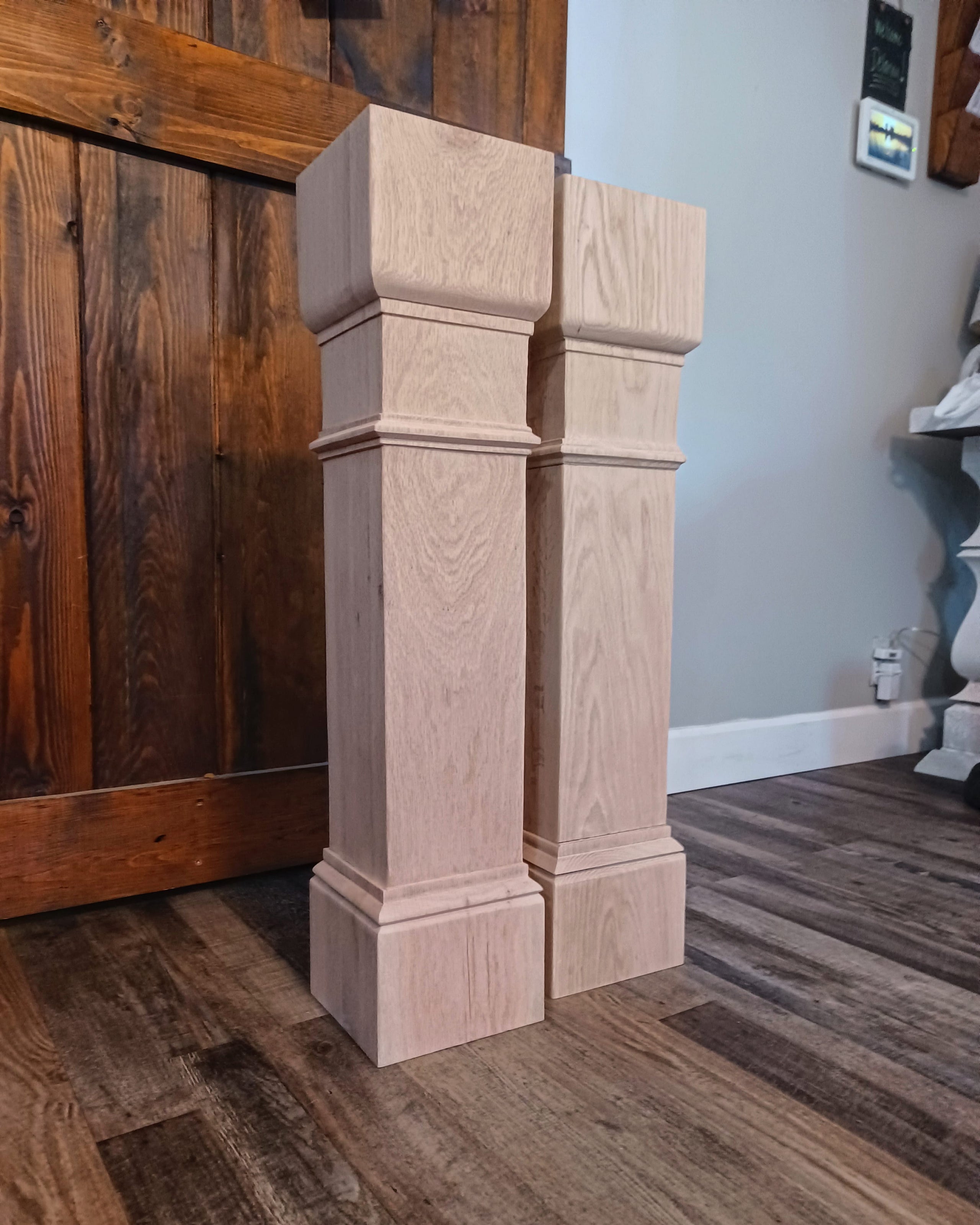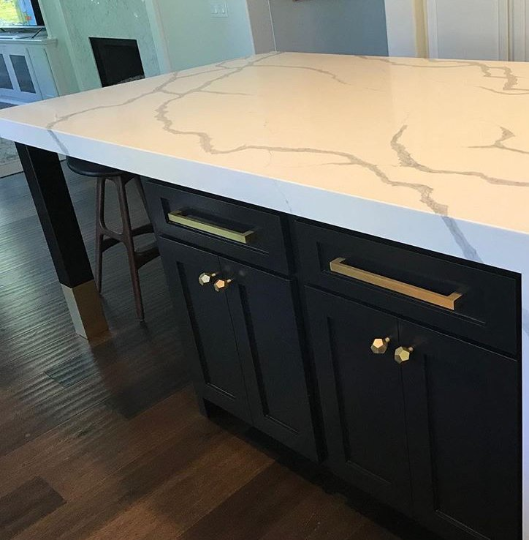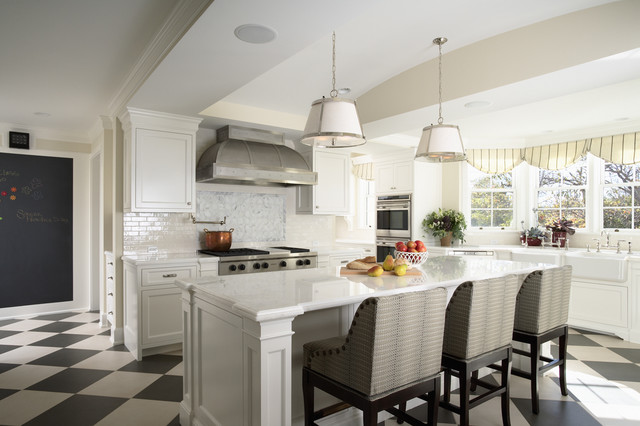Find Sturdy and Ornamental Legs For Kitchen Island Changes
Find Sturdy and Ornamental Legs For Kitchen Island Changes
Blog Article
Vital Aspects to Take Into Consideration When Picking Legs For Cooking Area Island
Choosing the appropriate legs for a cooking area island involves a careful analysis of multiple aspects that can significantly affect both functionality and aesthetic charm. As we check out these components, it ends up being clear that each choice can have far-reaching ramifications for the total kitchen experience.
Product Options
When picking legs for a kitchen area island, recognizing the various material choices is essential for accomplishing both visual allure and structural integrity (Legs For Kitchen Island). The option of product significantly influences not only the longevity of the island but likewise its general layout and capability
Steel legs, usually made from stainless steel or functioned iron, add a industrial and modern feel while making certain durability and security. These products are resistant to wear and can support significant weight, making them excellent for bigger islands.
One more option is crafted products, like MDF or plywood, which can be a lot more affordable while still offering a range of coatings. They may not provide the very same level of stability as strong wood or steel. Legs For Kitchen Island. Finally, products such as acrylic or glass can create a modern look, though they might need additional assistance to guarantee security.
Ultimately, the choice of product for kitchen area island legs should line up with the desired performance and the overall style of the kitchen.
Style and Layout

When thinking about design, the shape and coating of the legs are vital. Conical legs can offer a feeling of lightness and style, while thicker, much more durable legs can convey stamina and security. Furthermore, the coating-- be it painted, discolored, or all-natural-- should match the kitchen cabinetry and counter top products to create a unified look.
Moreover, the style of the legs can additionally reflect personal preference. Personalized or decorative legs, such as those featuring detailed carvings or distinct geometric forms, can function as centerpieces, adding character and character to the cooking area. Ultimately, the ideal option will certainly not just enhance performance however likewise boost the visual appeal, making the kitchen island a standout feature of the home.
Height Considerations
Selecting the proper elevation for cooking area island legs is crucial, as it directly impacts both functionality and comfort. The conventional height for a kitchen area island normally varies from 36 to 42 inches, straightening with typical counter top elevations. A 36-inch height is optimal for food prep work and cooking, enabling for comfortable use of kitchen appliances and devices. Alternatively, an elevation of 42 inches is usually liked for islands meant for bar seating, suiting taller feceses and supplying an informal dining experience.

It is additionally necessary to represent users' elevations and preferences. Tailoring the height can ensure a comfy experience for all family participants, making the kitchen island a much more functional and delightful area.
Weight Assistance
Guaranteeing ample weight support for cooking area island legs is important for both safety and security and functionality. The cooking area island commonly serves multiple objectives, including cooking, dining, and extra storage space, requiring a robust support framework. When selecting legs, it is essential to consider the general weight capacity required based upon the island's planned use and the products that will certainly be put on it.
The option of product index for the legs plays a substantial role in their weight-bearing abilities. Strong timber, steel, and heavy-duty composites normally give superior strength compared to lighter materials. Furthermore, the layout of the legs-- whether they are right, tapered, or have a pedestal form-- can influence their ability to distribute weight efficiently throughout the framework.
Additionally, the leg positioning need to be strategically planned to enhance stability. Legs placed at the edges or with a wider base can much better sustain larger lots. Constantly consult the manufacturer's specifications regarding load restrictions to ensure that the legs can maintain the intended weight without compromising safety. In recap, picking cooking area island legs with appropriate weight assistance is vital for producing a functional and secure cooking space.
Installation and Upkeep
Proper setup and upkeep of kitchen island legs are important for ensuring longevity and stability. This usually involves protecting the legs to the island base making use of ideal fasteners, see this site making certain that the legs are degree and lined up.
When set up, normal maintenance is necessary to protect the stability and look of the legs - Legs For Kitchen Island. For wooden legs, periodic cleansing with a wet towel and application of appropriate timber polish can stop moisture damages and keep their coating. Steel legs might call for a mild cleansing solution to remove grease and grime, followed by a dry cloth to stop rust formation
Furthermore, examine the legs routinely for indicators of wear or damages, such as cracks or loosened joints. Tightening screws or screws as needed can additionally extend the lifespan of the legs. By sticking to these installation and upkeep practices, home owners can guarantee that their cooking area island stays sturdy and visually appealing for years to find.
Verdict

Visual comprehensibility is critical in choosing the design and layout of legs for a kitchen island, as these elements significantly affect the total setting of the space. Tapered legs can offer a sense of lightness and sophistication, while thicker, extra durable legs can convey strength and stability.Choosing the suitable height for kitchen area island legs is important, as it straight affects both performance and convenience. In recap, choosing kitchen area island legs with appropriate weight assistance is important for creating a risk-free and useful culinary area.
In conclusion, selecting legs for a cooking area island necessitates careful consideration of various variables, including material choices, design, height, weight support, and installation.
Report this page